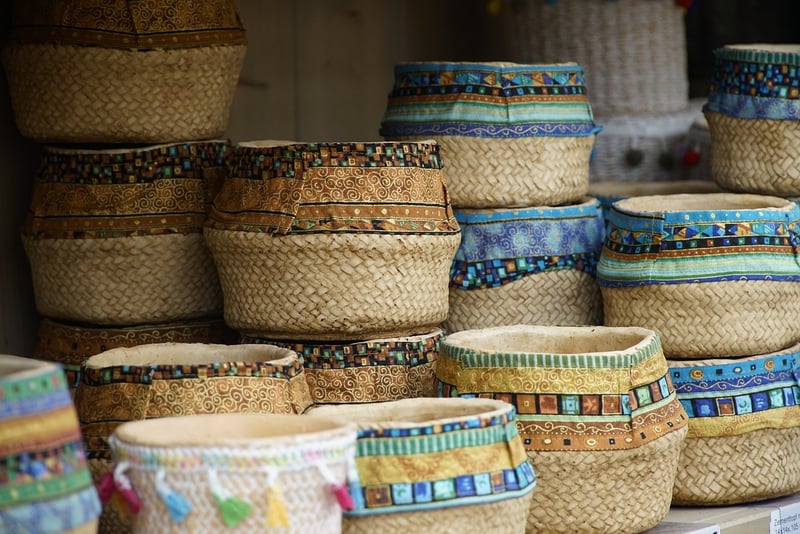Ethnic Spices
Exploring the World of Ethnic Spices: Key Components and Uses
Spices have played a crucial role in the culinary world for centuries, adding depth, flavor, and complexity to dishes from diverse cultures. Today, we delve into the realm of ethnic spices, discovering key components that make these spices unique and exploring their uses in various cuisines around the globe.
1. Cumin

Cumin is a staple in Indian, Middle Eastern, and Mexican cuisine. Its warm, earthy flavor adds depth to curries, stews, and spice blends like garam masala and taco seasoning.
2. Turmeric

Known for its vibrant yellow color, turmeric is a key ingredient in Indian and Southeast Asian dishes. It adds a warm, slightly bitter flavor and is celebrated for its anti-inflammatory properties.
3. Paprika

Paprika is commonly used in Hungarian, Spanish, and Turkish cuisine. It comes in various forms, such as sweet, smoked, and hot, adding both color and flavor to dishes like goulash and paella.
4. Garam Masala

A traditional spice blend from India, garam masala typically includes cinnamon, cardamom, cloves, and other warming spices. It is used to flavor curries, roasted meats, and vegetables.
5. Za'atar

Za'atar is a Middle Eastern blend of thyme, sesame seeds, sumac, and salt. It is often sprinkled on flatbreads, salads, and dips, adding a tangy and herbal flavor.
Exploring ethnic spices opens up a world of culinary possibilities, allowing you to experiment with flavors and create dishes inspired by different cultures. Whether you're a seasoned chef or a home cook looking to spice up your meals, incorporating these key components into your cooking will surely elevate your dishes to new heights.
Embrace the rich tapestry of flavors that ethnic spices offer and embark on a flavorful journey around the world right from your own kitchen!
